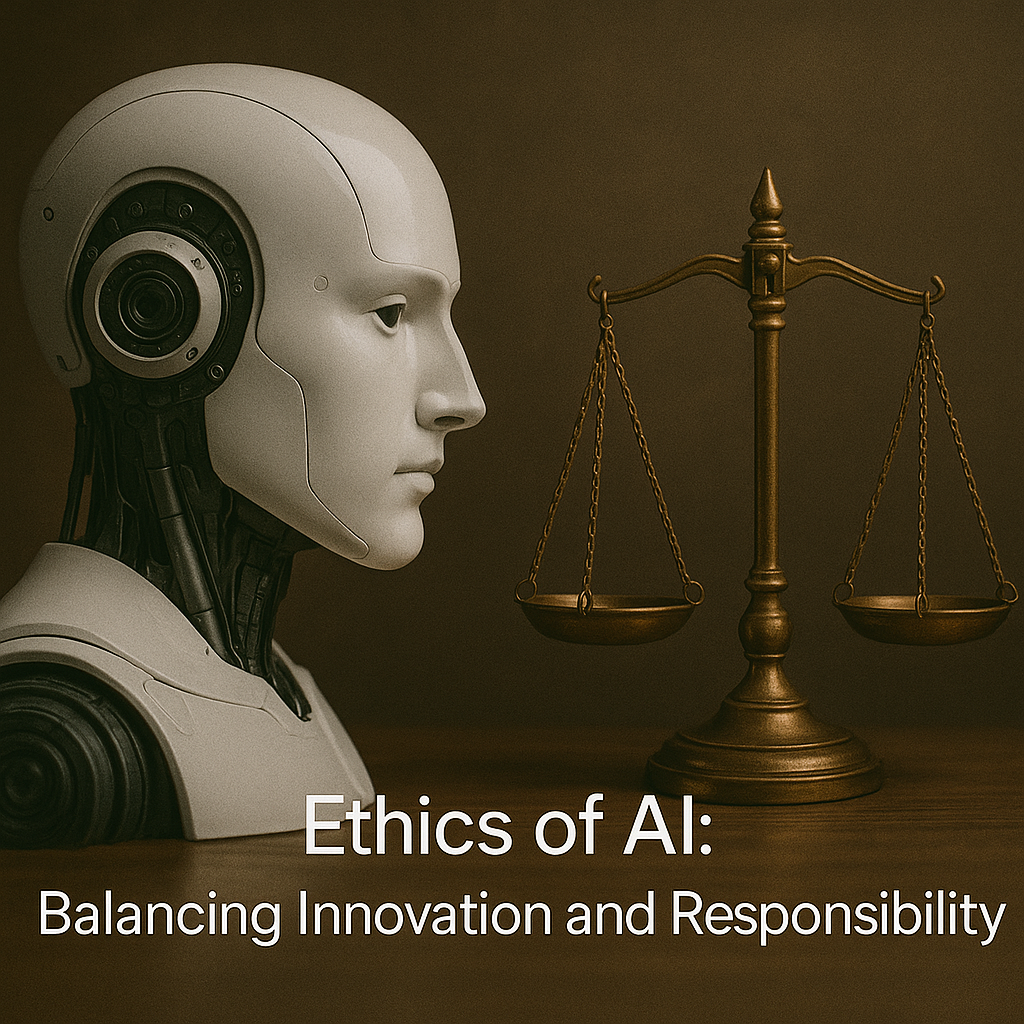The fusion of artificial intelligence and 3D printing is revolutionizing manufacturing and design. Advanced algorithms are enhancing print speed, accuracy, and versatility, opening a world of new possibilities. For entrepreneurs and small business owners, understanding these shifts is essential to remain competitive in today’s dynamic market.
The Impact of Artificial Intelligence on Additive Manufacturing
3D printing has long been celebrated for its ability to produce complex, customized products. With the integration of AI, its capabilities have soared to unprecedented levels. AI-powered advancements in 3D printing optimize processes, improve quality control, and even predict potential faults before they escalate into costly errors.
One major advantage of AI is its capacity to process vast amounts of production data in real time. Sensors embedded within 3D printers transmit data to intelligent systems that detect inconsistencies and automatically adjust parameters. This results in reduced waste, enhanced efficiency, and superior product quality.
By merging AI with additive manufacturing, companies not only elevate current production standards but also embrace more sustainable practices. Minimizing errors and material waste means lower costs and a smaller environmental footprint.
Innovative Approaches: AI-Driven 3D Printing Trends
The latest trends in AI-driven 3D printing are redefining design and production. Modern AI systems leverage deep learning and computer vision to extend the boundaries of manufacturing—from microscopic components to large-scale industrial structures. Neural networks enable the creation of innovative designs and complex structures that were once considered impossible.
Customization is now at the forefront of production, with AI enabling hyper-personalized manufacturing. Rather than relying on mass production, businesses can now design and print unique components tailored to individual needs, capturing niche markets and meeting rising consumer demands for bespoke products.
Additionally, collaborations between startups and established companies are fueling breakthroughs that span industries—from automotive and healthcare to aerospace and consumer goods.
Business Advantages of AI-Powered 3D Printing
For entrepreneurs and small business owners, the prospect of adopting new technologies can be intimidating. However, the benefits of integrating AI into 3D printing are substantial. AI-driven advancements reduce production costs and turnaround times, spur innovation, and open new market opportunities. This technology enables rapid prototyping, streamlined scaling, and enhanced product differentiation.
Integrating AI into your 3D printing workflow offers unparalleled precision and customization. Intelligent systems continuously predict maintenance needs and schedule repairs before issues disrupt production—a vital advantage for small businesses where downtime directly impacts revenue.
For additional insights and strategic guidance on embracing technological change, visit Business Growth Insights.
Looking Ahead: The Future of Intelligent 3D Printing
The horizon of intelligent 3D printing is filled with groundbreaking potential. Future advancements include smart materials that interact with printers, adaptive systems that learn from past projects, and cloud-based AI networks coordinating production across multiple sites.
Innovation in manufacturing is increasingly driven by AI integrated with the Internet of Things (IoT), big data, and augmented reality (AR). These technologies not only enhance the efficiency and precision of 3D printing but also transform the entire relationship between design and production.
A recent Forbes article showcased startups that are leveraging machine learning to preemptively adjust design parameters and elevate print quality. Although many of these technologies are still in their early stages, their widespread adoption is on the near horizon.
As these innovations mature, business models will transform. The synergy of AI and 3D printing is set to redefine manufacturing, emphasizing customization, sustainability, and rapid prototyping as key competitive strengths.
While integrating AI may seem complex, small businesses have successfully begun scaling its implementation. Starting with pilot projects and investing in employee training, even modest enterprises can harness these advancements to enhance their products and services. Throughout this evolution, the focus remains on leveraging technology to create superior consumer experiences.
Staying informed and adapting to these trends is crucial. As companies shift towards more efficient and agile manufacturing practices, the combined power of AI and 3D printing will drive increased productivity and reshape market dynamics for years to come.
- Enhanced production through AI-driven error detection and preventive maintenance.
- Boosted customization and efficiency with innovative AI trends in additive manufacturing.
- Lower production costs and improved scalability for small businesses.
- Emerging breakthroughs in intelligent 3D printing set to transform manufacturing processes and business models.









